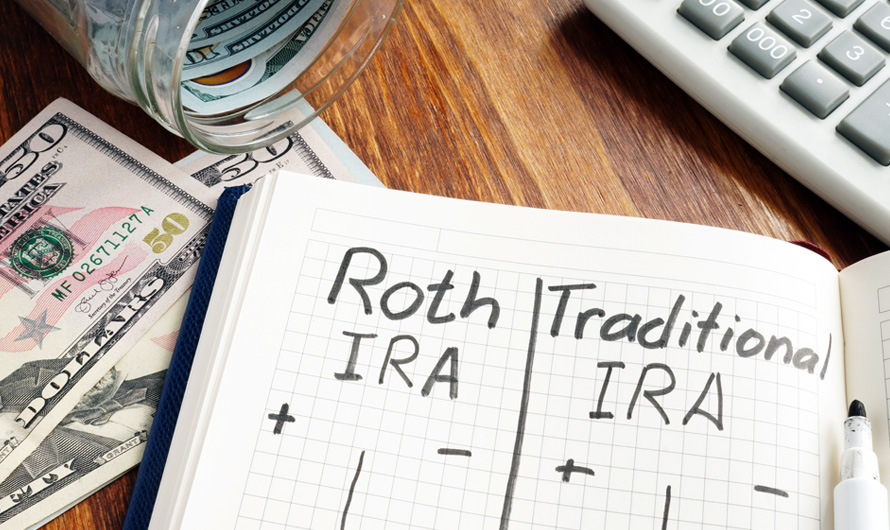Traditional IRAs vs. Roth IRAs
When it comes to planning for retirement, Traditional IRAs and Roth IRAs both offer tax advantages. Understanding the differences between these two types of accounts is crucial for making informed decisions about your financial future.
There are many approaches to saving for retirement. You don’t need to put aside every extra dollar that you earn – a little money here and there can go a long way. Plus, with many helpful ways to save and invest your money for the future, you could end up with a huge pot of retirement savings if you start saving now. Here are 10 personal finance tips to help you save for retirement.

Traditional IRAs
- Contributions: With a Traditional IRA, you typically make contributions with pre-tax dollars, which means you can deduct your contributions from your taxable income for the year in which you make them.
- Taxes: Your contributions and earnings grow tax-deferred until you start withdrawing funds in retirement. At that point, withdrawals are taxed as ordinary income.
- Required Minimum Distributions (RMDs): Starting at age 72, you’re required to take annual withdrawals known as RMDs, which are subject to income tax.
Roth IRAs
- Contributions: Roth IRA contributions are made with after-tax dollars, so you don’t get an immediate tax deduction. However, qualified withdrawals in retirement, including earnings, are tax-free.
- Taxes: Since you’ve already paid taxes on your contributions, you can withdraw them at any time without penalty. Additionally, qualified withdrawals of earnings are tax-free if you meet certain criteria, such as being at least 59½ years old and having held the account for at least five years.
- Required Minimum Distributions (RMDs): Unlike Traditional IRAs, Roth IRAs don’t have RMDs during the account owner’s lifetime. This allows for greater flexibility in managing retirement income and potentially leaving a tax-free inheritance for beneficiaries.
Choosing the Right Option
- Your current and future tax situation, as well as your retirement goals, will influence which type of IRA is best for you.
- If you expect to be in a lower tax bracket in retirement or if you want to reduce your taxable income now, a Traditional IRA may be more suitable.
- On the other hand, if you anticipate being in a higher tax bracket in retirement or if you prefer tax-free withdrawals, a Roth IRA could be the better choice.
In summary, while both Traditional and Roth IRAs offer tax advantages for retirement savings, they differ in terms of contributions, taxes, and withdrawal rules. By understanding these distinctions and considering your individual circumstances, you can make an informed decision that aligns with your long-term financial goals.






